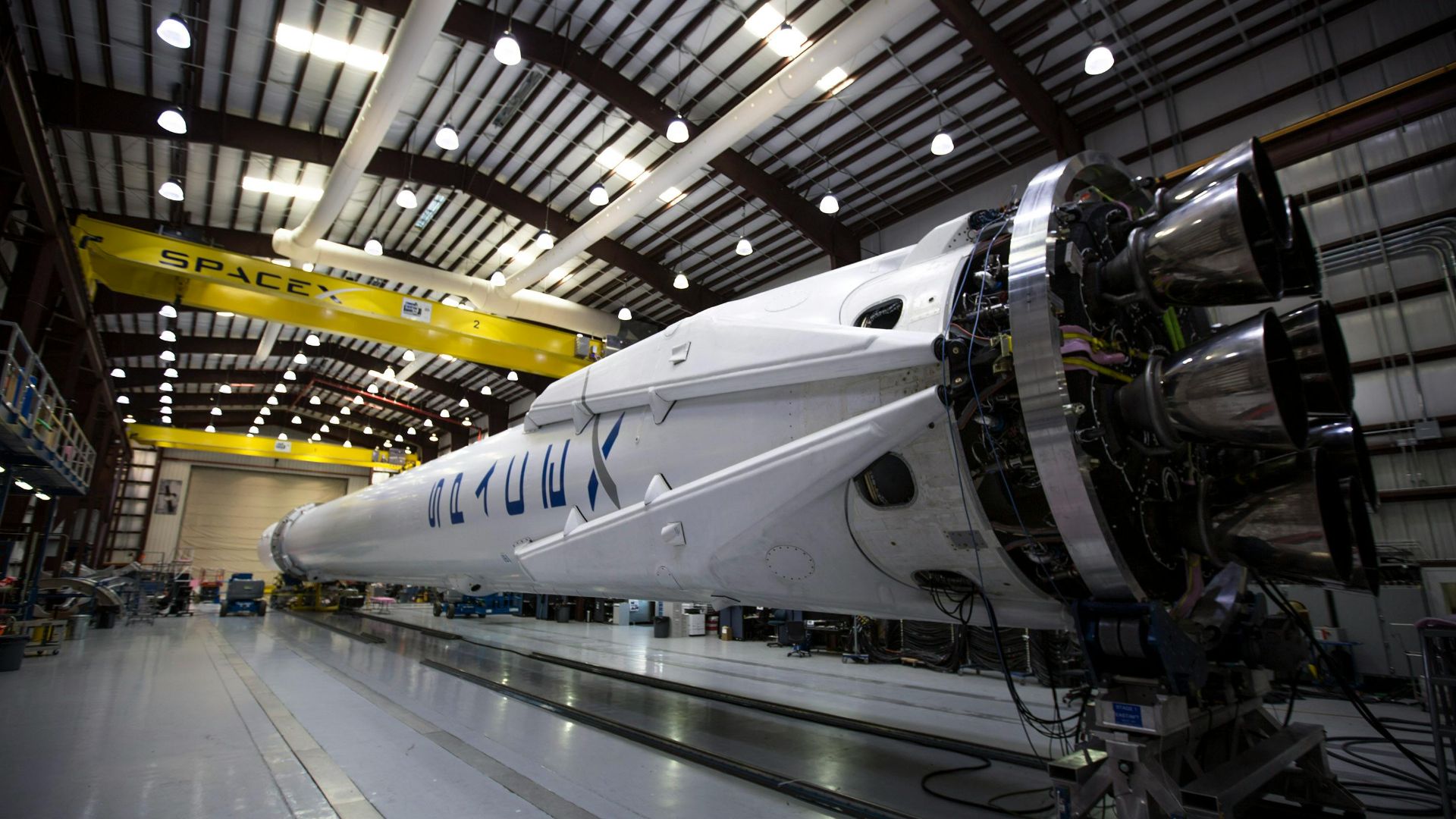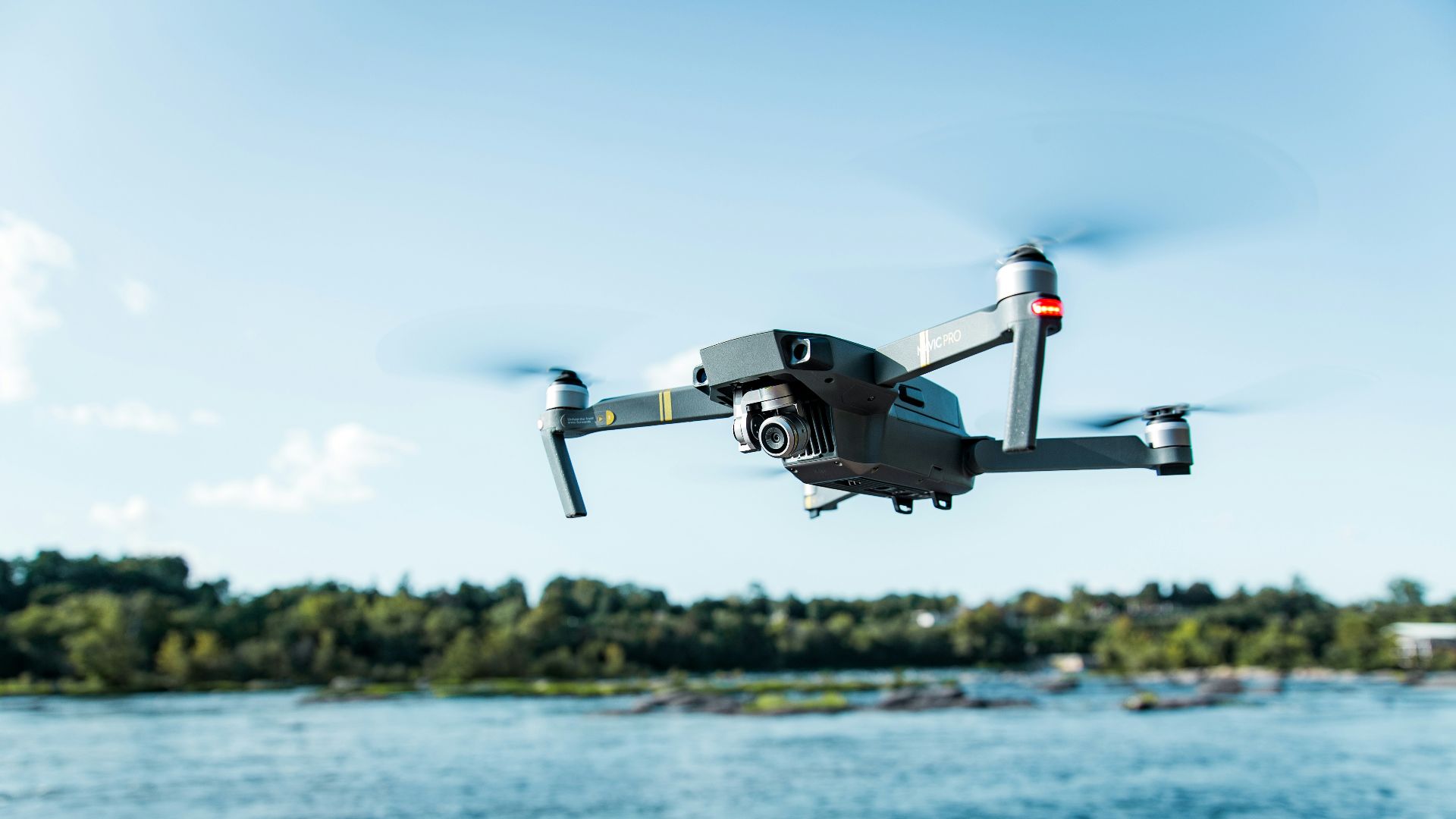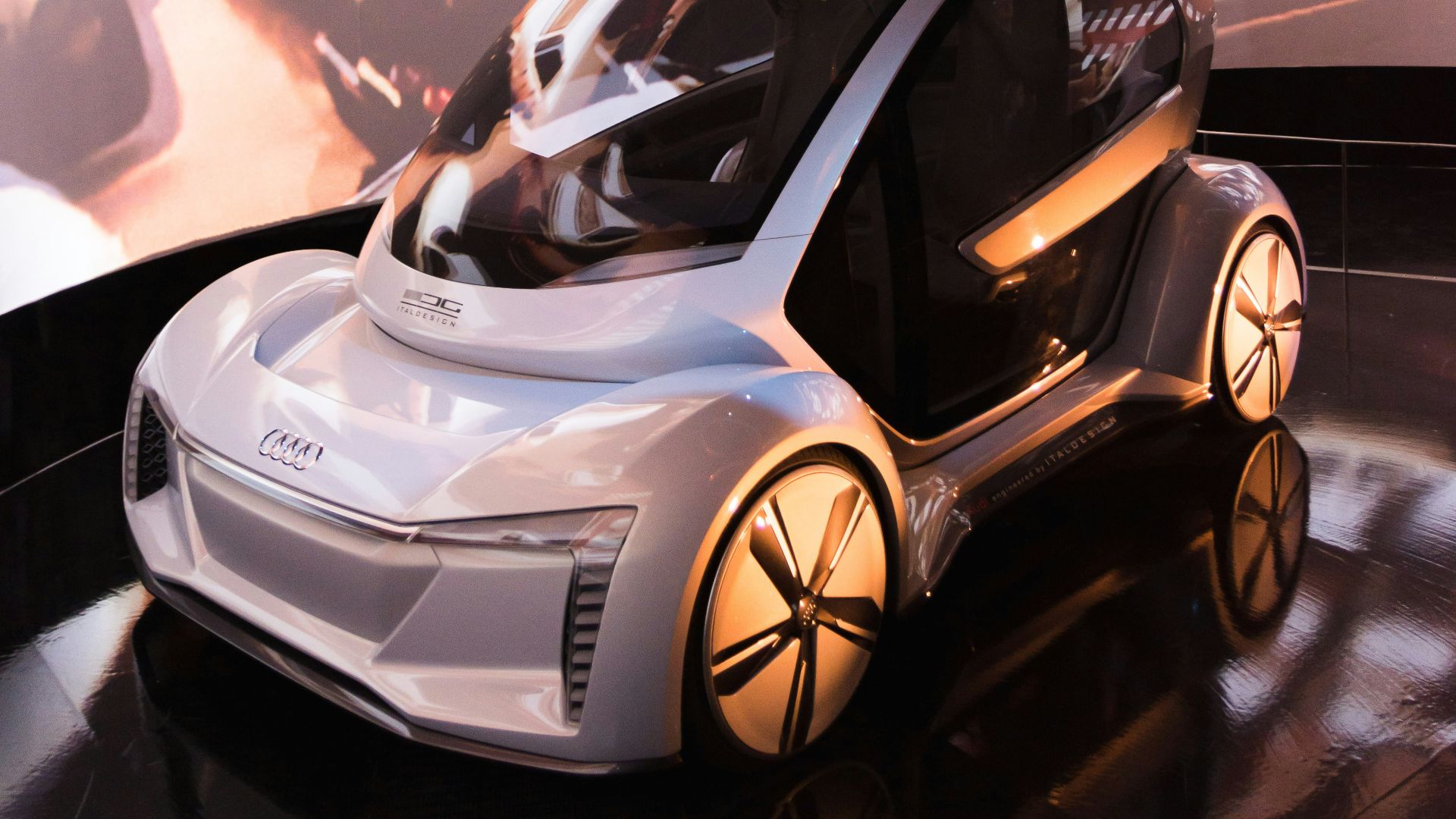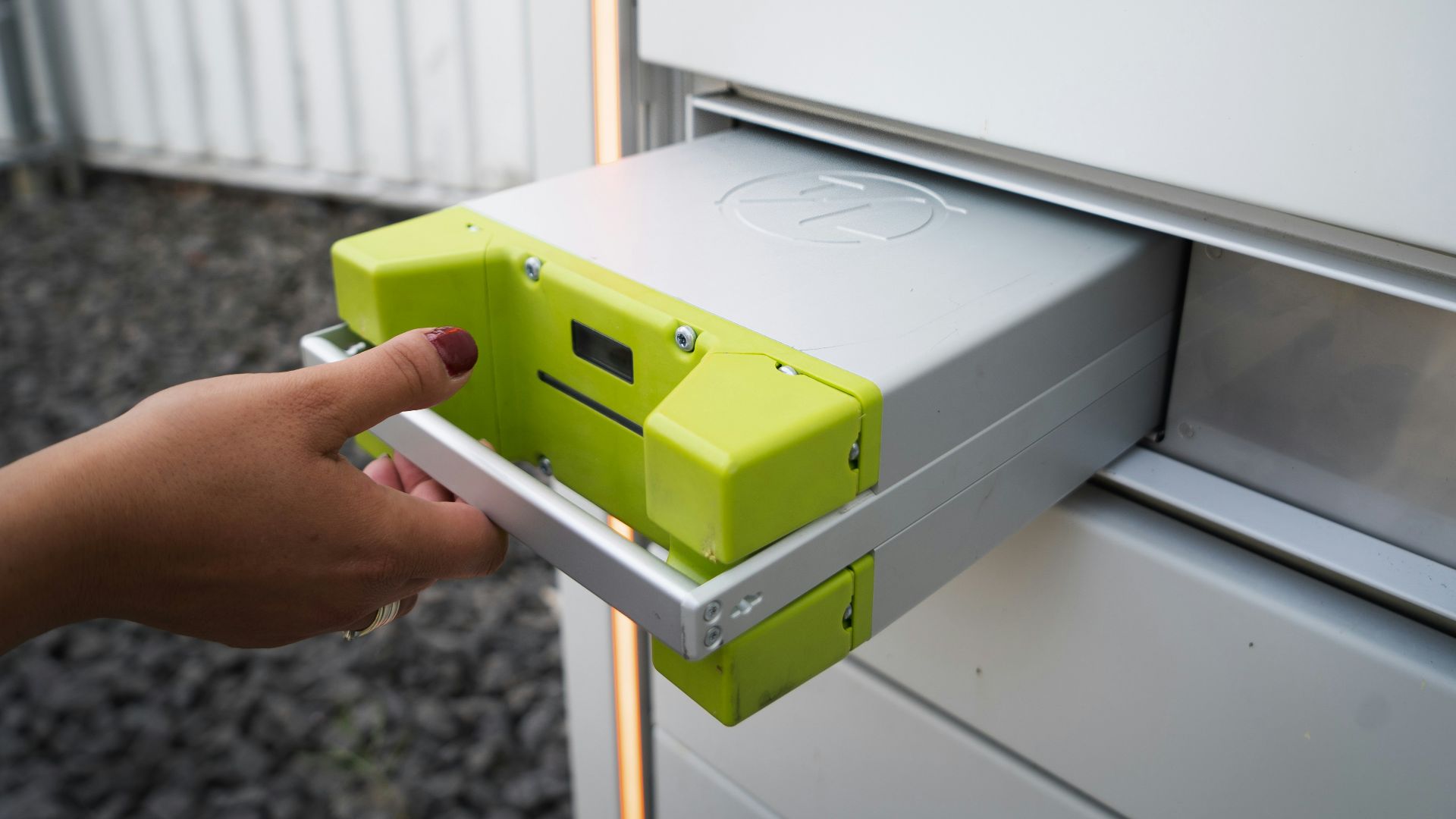The Sky’s the Limit—Until It Isn’t
Every few years, the dream resurfaces in bold headlines declaring we’ll soon be able to soar above the gridlock traffic. Flying cars are the great sci-fi prophecy that refuses to die. We’ve imagined them since The Jetsons, and honestly, who wouldn’t want to trade the morning commute for a vertical takeoff? But between that dream and our driveway sits a thicket of reality involving physics, bureaucracy, cost, and maybe a touch of human nature. Here are ten reasons flying cars are closer than ever and ten reasons why it’ll never happen.
1. The Technology Finally Exists
Electric propulsion, lighter batteries, and autonomous navigation all now exist and fit neatly inside a Tesla. Companies like Joby Aviation and Archer are building eVTOLs (electric vertical takeoff and landing vehicles) that actually fly. The prototypes don’t just lift; they hover, glide, and land like drones scaled up for humans.
2. Urban Air Mobility Is a Billion-Dollar Bet
Money talks, and Silicon Valley is shouting. Billions are being poured into making short-hop sky taxis a thing. Uber had its “Elevate” project, Hyundai’s in the game, and even NASA’s testing air corridors. Investors rarely burn this much cash unless they really believe in an idea.
3. Congestion Desperation Is Real
Traffic’s a slow form of daily torture. When you’ve been parked on a freeway for 47 minutes watching the same billboard for dental implants, the idea of vertical escape doesn’t sound crazy. Desperation drives innovation.
 elwis musa tambuwun on Unsplash
elwis musa tambuwun on Unsplash
4. Automation Means Not Everyone Has to Be a Pilot
The hurdle of training millions to fly is already shrinking. Self-flying systems are getting absurdly good with the inclusion of GPS, radar, and computer vision. Eventually, the tech will be able to take off, avoid collisions, and land without any human input.
5. Infrastructure Is Already Creeping In
Some cities are already quietly zoning for flying car ports. City planners in Dallas, Dubai, and Singapore have sketched rooftops and riverfront pads for future air taxis. While they may only be prototypes now, eventually they may very well be as common as EV charging ports.
6. Battery Density Is Getting Serious
The Achilles’ heel of electric flight has always been weight. Batteries are heavy, which makes flight times too short to be practical. As state-of-the-art tech and lithium chemistries improve, the limits of batteries are evolving, and the idea of aircraft able to fly 100 miles on a single charge is looking increasingly possible.
7. Governments Are Paying Attention
The FAA and EASA aren’t ignoring this technology anymore. Certification pathways exist now, along with official test zones and early safety frameworks. The red tape isn’t gone, but at least there’s a path forward for the innovators.
 Federal Aviation Administration/Federal Aviation Administration Safety Team (FAASTeam) on Wikimedia
Federal Aviation Administration/Federal Aviation Administration Safety Team (FAASTeam) on Wikimedia
8. The Drone Revolution Paved the Way
Ten years ago, drones were toys. Now they’re inspecting bridges, delivering meds, filming weddings, and mapping crops. That normalization matters. Society has already accepted the sound of buzzing machines overhead, and all that remains is to scale up.
9. The Environmental Argument’s Shifting
Electric air vehicles emit less than cars stuck in gridlock. Some startups are pushing for net-zero operations powered by renewables. And let’s face it, if the alternative to flying cars is paving another thousand miles of highway, maybe the sky isn’t such a bad compromise.
 Mohammad O Siddiqui on Unsplash
Mohammad O Siddiqui on Unsplash
10. The Cool Factor Still Counts
Humans chase novelty and try to make the impossible possible. The Wright Brothers had skeptics too, and so did SpaceX. Half the drive behind flying cars isn’t utility; it’s the desire to defy the naysayers.
A yet, for every futuristic render of a sleek vehicle lifting off a launch pad, there’s a long list of reasons why we may never see flying cars above our city streets.
1. Air Traffic Chaos Would Be a Nightmare
Imagine rush hour, but in three dimensions with thousands of vehicles buzzing overhead, crossing invisible lanes. Midair fender benders aren’t just expensive; they’re catastrophic. A sky full of near misses sounds less like freedom and more like the Blitzkrieg.
2. Noise, Noise, Noise
Even quiet propellers are loud. Multiply that by a few hundred in a city and suddenly your peaceful morning coffee sounds like you’re living in a hornet’s nest. The people currently complaining about leaf blowers certainly won’t tolerate air taxis at 6 a.m.
3. Regulation Moves at Glacial Speed
If governments struggle to regulate e-scooters, imagine them handling flying cars. Every nation would need to completely revamp their policies, licenses, and insurance laws. It’s a bureaucratic nightmare for the ages.
4. Accidents Will Happen
Cars crash every day, and most of the time, you can walk away unscathed. Not so with aerial vehicles. Even one high-profile crash in a flying car could freeze public trust for decades. The tolerance for failure up there is zero.
 Clark Van Der Beken on Unsplash
Clark Van Der Beken on Unsplash
5. Maintenance Costs Are Astronomical
Aircraft need meticulous inspections and constant calibration to remain safe. You also can’t just pop the hood and tinker on a Sunday afternoon. Every hour of flight demands hours of upkeep, and this requires serious financial investment.
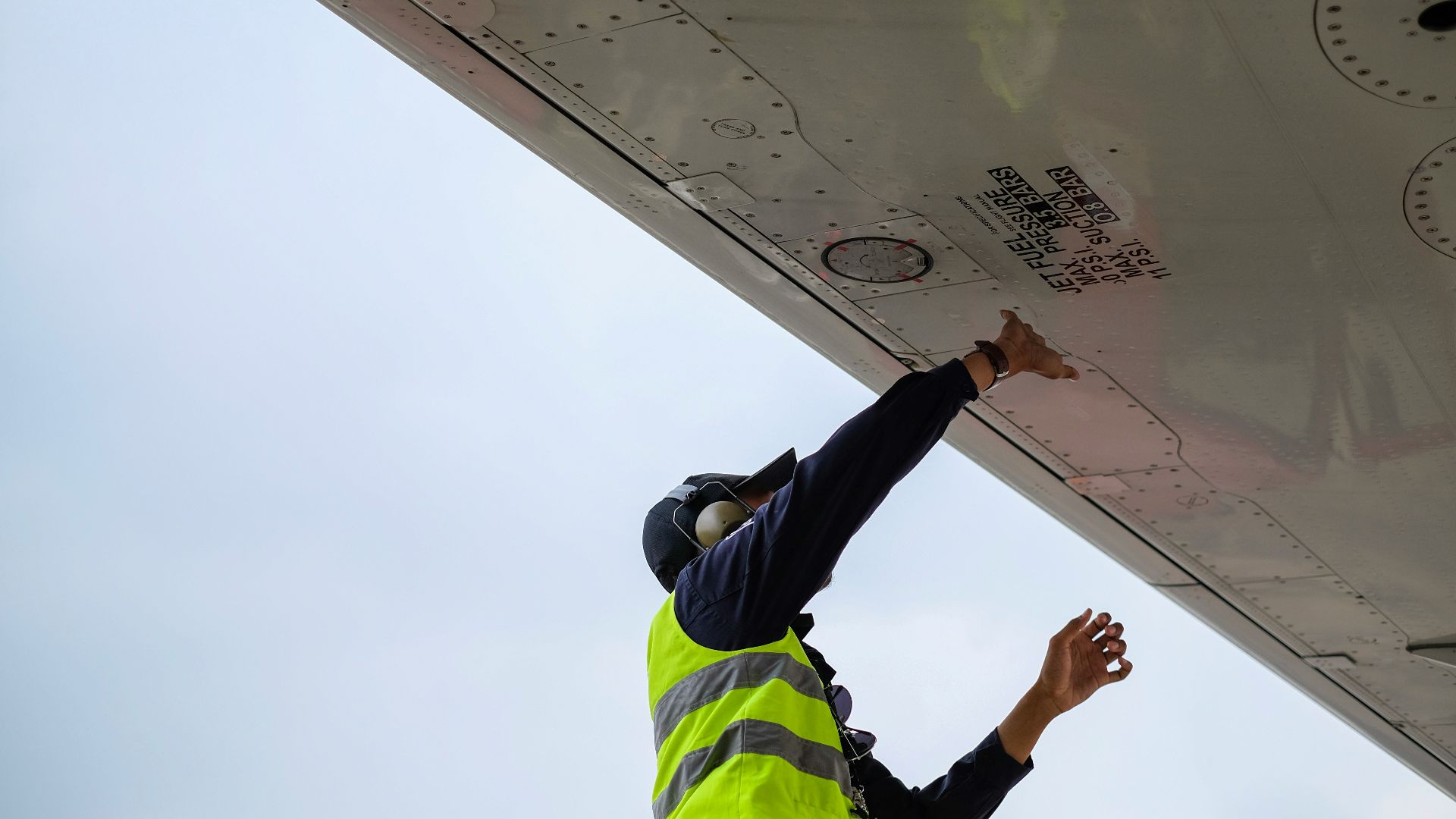 Pandu Agus Wismoyo on Unsplash
Pandu Agus Wismoyo on Unsplash
6. The Battery Problem Isn’t Solved Yet
Sure, progress is coming, but it’s still not enough. Batteries that can power a plane long enough to matter are not only immensely heavy, but they degrade fast. A few test flights aren’t enough to justify an entire new industry.
7. Weather Is Unforgiving
A little rain, wind, and fog aren’t enough to keep you from commuting to work, but this same weather can ground an aircraft. A crosswind strong enough to knock a kite sideways could send a flying car spinning into a skyscraper.
8. The Price Tag Won’t Be Friendly
Early models will cost as much as small helicopters. And then there’s insurance, maintenance, and storage costs to consider. If flying cars ever do exist, they’ll be reserved for the ultra-wealthy.
 Yaroslav Muzychenko on Unsplash
Yaroslav Muzychenko on Unsplash
9. Human Nature Resists Change
Let’s be honest, the idea of taking off vertically in a flying car is a terrifying prospect for most people. Humans, by and large, prefer to remain on the ground. It’s one thing to board a massive airline, and quite another to take off in a tiny shell with only a computer guiding you to your destination.
10. Cities Aren’t Built for It
Our urban layouts weren’t designed for sky traffic. Until cities evolve to be able to handle hundreds of flying cars weaving about the skyscrapers, the dream will remain just that—a dream.



